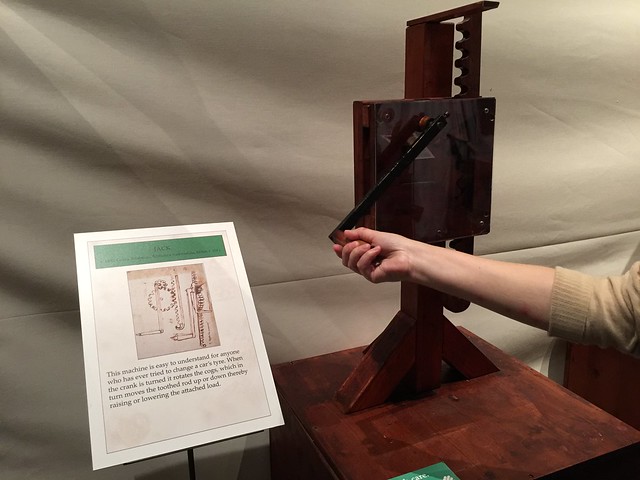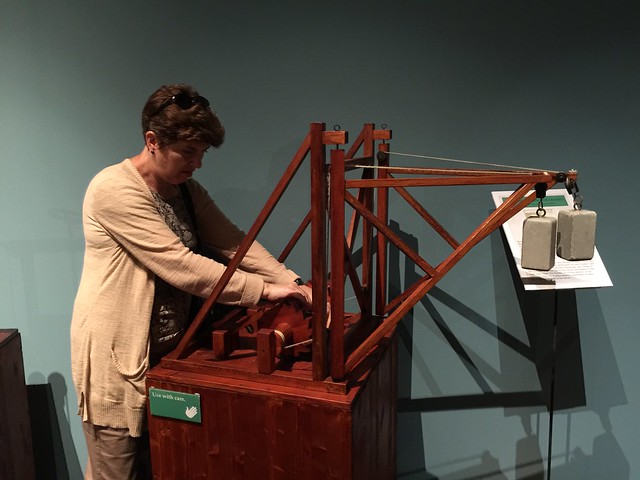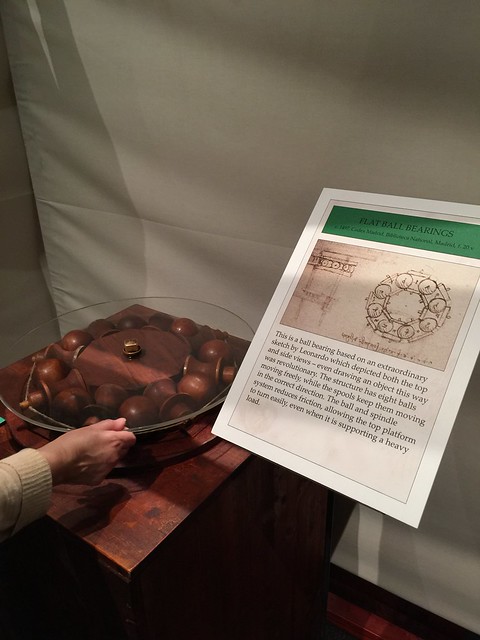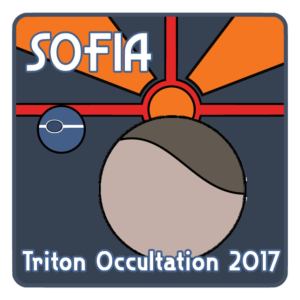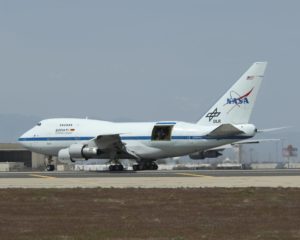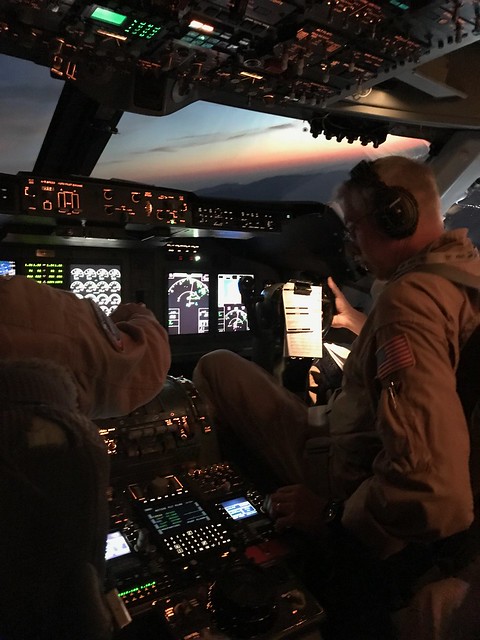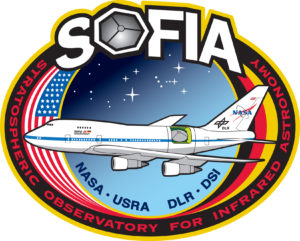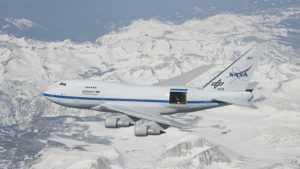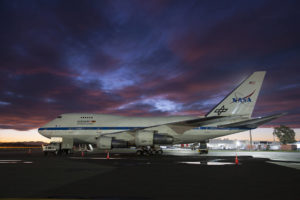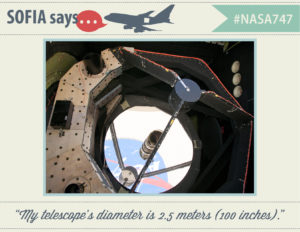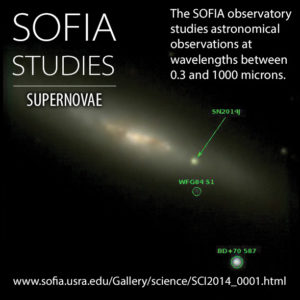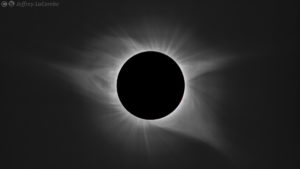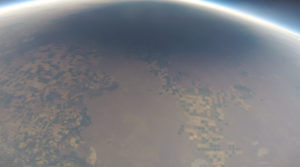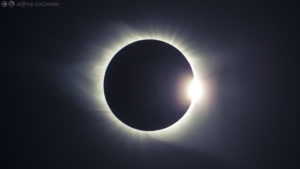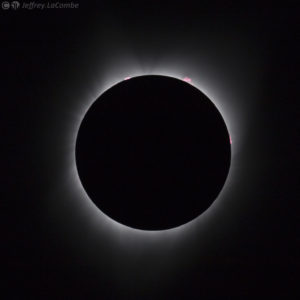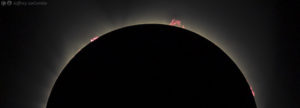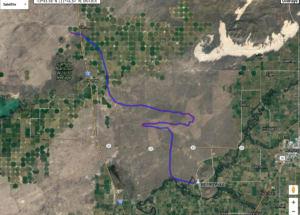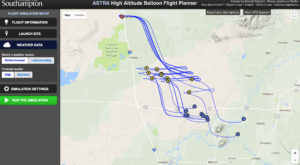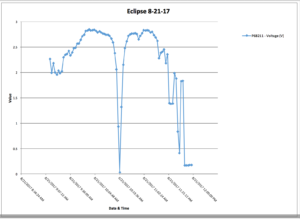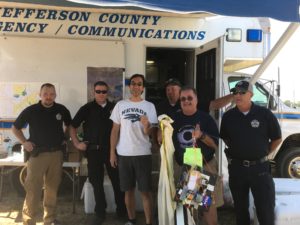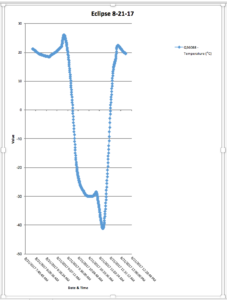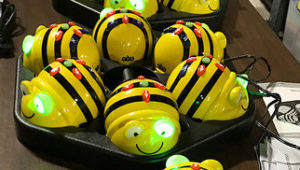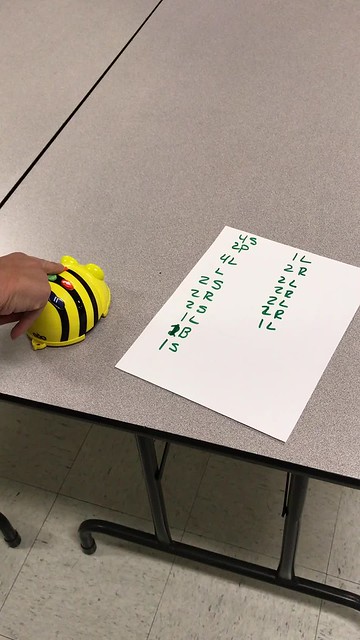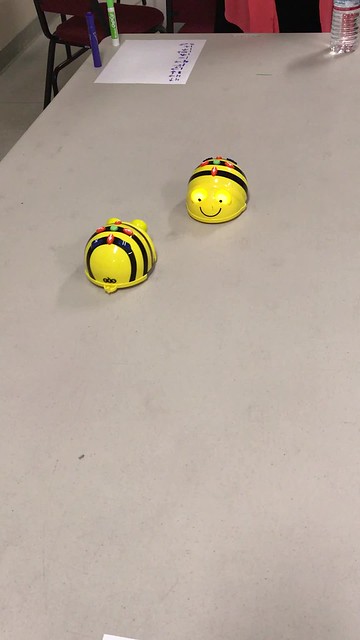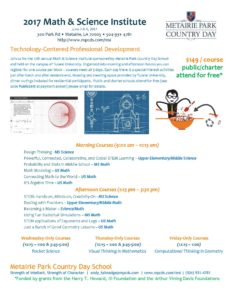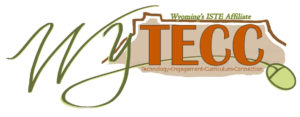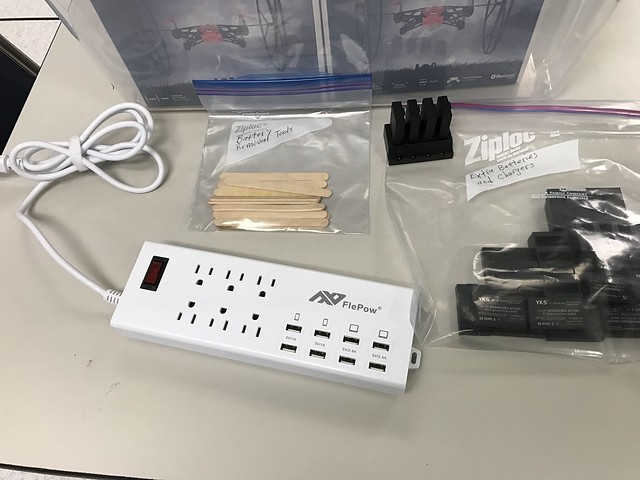We finally managed to launch a balloon this fall. It’s been in the works for well over a month, maybe two. Weather and scheduling finally came together and we launched on Tuesday, November 28, 2017, from Virginia City High School‘s football field (in Nevada). Virginia City is best known for being home to Mark Twain, who lived, worked and wrote here in the 1860’s, the Comstock Lode gold and silver rush, as being one of the settings for the old Bonanza TV show and a rich history.
We launched about 8:30AM – it was hovering around the freezing mark and the sun was just high enough to start warming us a bit. Teacher Sarah Richardson had the honors to release the balloon after a quick countdown. Besides 3 of our GoPro cameras and various data loggers and communications gear, Sarah’s students had designed a payload to release the “high hopes” of the world we’d collected … including their own (over 700 high hopes were included in their payload) so they were intrigued to see how this whole launch thing works. The “outlooking camera” recorded this:
And the “downlooking camera” recorded this:
This launch was mostly about giving Sarah and her students some experience in how this works. The plan is now for them to design various payloads to carry out science and engineering investigations this spring … that will give them plenty of time to prepare. They designed the payload we launched by breaking into groups that each built a payload to release the high hopes which are printed out on small strips of paper. They then had trials that led to choosing the one we launched. They’ll use what they learned about payload construction and I will be visiting class to facilitate them through the process some, but most of that will fall to Sarah. Here is what the balloon burst looked like at 26,000 meters (85,000 feet) a bit less than 2 hours after launch:
In Quicktime you can play the video frame by frame which is awesome! You miss a lot in real time … besides the hunks of balloon that float by you can see high hopes fluttering through the air and one comes right at the camera and you can read it – “people everywhere” … because it is handwritten it must be one from Sarah’s class (the others were printed out) – I’m hoping we find out which student wrote it.
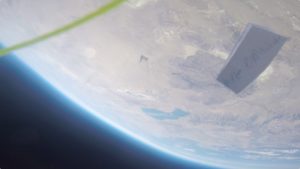
Folded “High Hope” with the words, “people everywhere” clearly visible – hope to find out what the rest said. About 85,000 feet, that’s Pyramid Lake in the middle of the screen shot.
I’ll be uploading some of the photos we took to Flickr when I get the chance and I’ll add a link to them.
UPDATE: Here is a link to a Flickr set of launch and recovery photos
Learning is messy!

